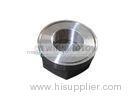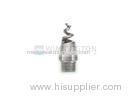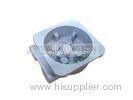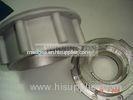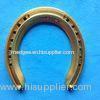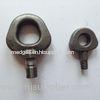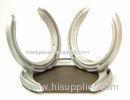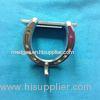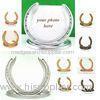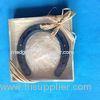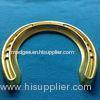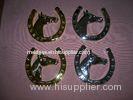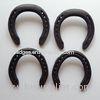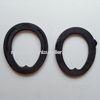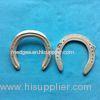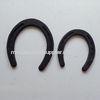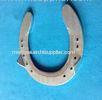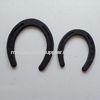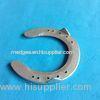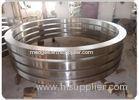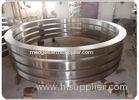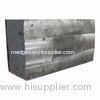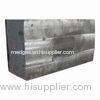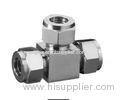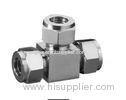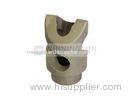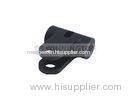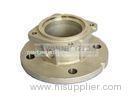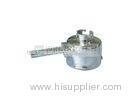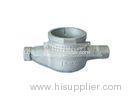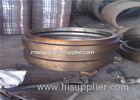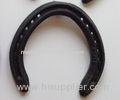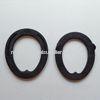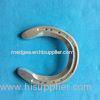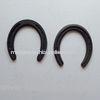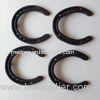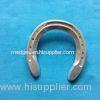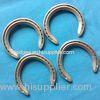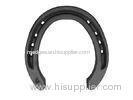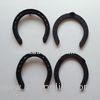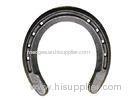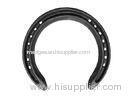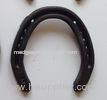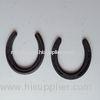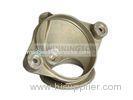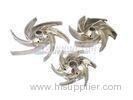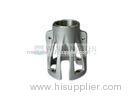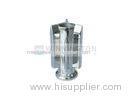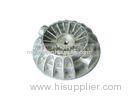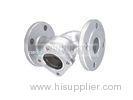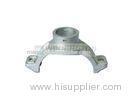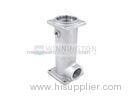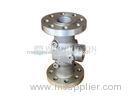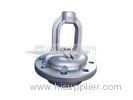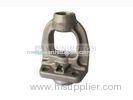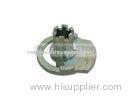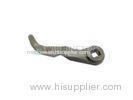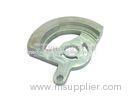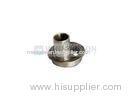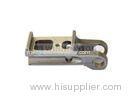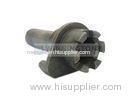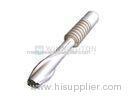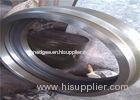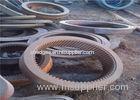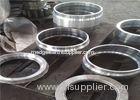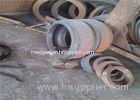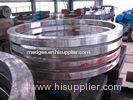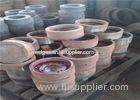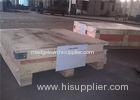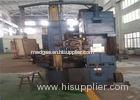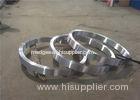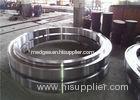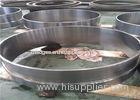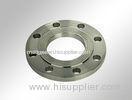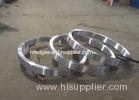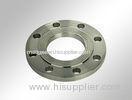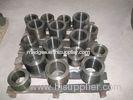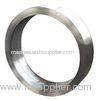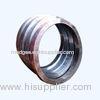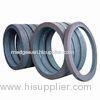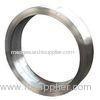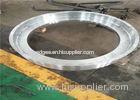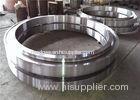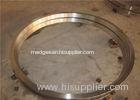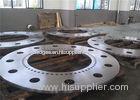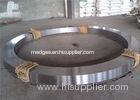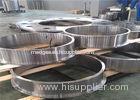|
Professional Forging & Casting Parts Supplier Platform
|
Gold Index: 8867
Stainless Steel Precision Casting Silical Sol Lost Wax Process For Valve Industry ISO
| Place of Origin: | Zhejiang, China (Mainland) |
|
|
|
| Add to My Favorites | |
| HiSupplier Escrow |
Product Detail
Stainless Steel Precision Casting Silical Sol Lost Wax Process For Valve Industry ISO</span
Stainless Steel Precision Casting Silical Sol Lost Wax Process For Valve Industry ISO
Quick Detail:
- Stainless steel precision cast part for water solution industry;
- Material: 316 (CF8M);
- Product Weight: 4.5kg; Max Casting weight: 10g~80KG;
- PED and ISO9001:2008 certificated;
- Chemical composition inspected by German spectrometer;
- NDT can be operated.
Description:
Precision cast for metal with lost wax process for water solution industries, weights up to 80kg, Tolerance according to VDG P690;
Winnington cast a wide array of materials: stainless steel, carbon steel, duplex alloys, nickel-based materials, and more with different sizes:
|
Stainless Steel (70%) |
Carbon Steel |
Alloy Steel |
|
ANC20, CF3M (AISI 316L), CF8M (AISI 316), CF8 (AISI 304),CD4MCu, CD4MCuN,1.4408,1.4517, 1.4306, 303, 430, 420, 17-4PH, SCS1 and more |
1020, 1040, 1045 , SCS16, SCS14, SCS13, 1.0619, WCB, S355JR, LCC and more |
ANC2,CLA12C,42CrMo,8Q,4140,6150 and more |
OVERVIEW OF THE INVESTMENT CASTING PROCESS
Precision Investment casting, often called lost wax method, is regarded as the casting process that can build near-net-shaped metal parts from almost any alloy(including alloy with high-melting temperature). The most common use of investment casting method has been the manufacturing preference of parts requiring complex, especially thin-wall castings.
The lost wax casting process begins with fabricating of a pattern with the same geometrical shape as the finished cast part. Patterns are normally made of recyclable wax that is injected into an aluminum wax injection die. Once a wax pattern is formed, it is assembled with other wax components to form a metal delivery system , called the gate or runner system. The entire wax assembly is then dipped in a ceramic slurry bucket, covered with sand stucco, and allowed to dry. The dipping and stuccoing process is repeated until the shell is thick and strong enough.
Once the ceramic has dried, the entire shell is placed in a steam autoclave to remove most of the wax. After autoclaving, the remaining amount of wax that soaked into the ceramic shell is burned out in a furnace. At this point, all of the residual pattern and gating material is removed, and the ceramic mold remains. The mold is then preheated to a specific temperature and filled with molten metal, creating the metal casting. Once the casting has cooled sufficiently, the mold shell is chipped away from the casting. Next, the gates and runners are cut from the casting, and final postprocessing (shot blasting, machining, polishing) is done to finish the casting.
Specifications:
|
Standards |
ASTM,JIS,DIN,BS,MIL |
|
Maximum Casting Size |
500*500*350mm |
|
Casting weight |
10g~80kg |
|
Wall thickness |
1.5-2mm Min |
|
Casting process type |
silica sol lost wax casting process |
|
Machining |
CNC machining, CNC lathe (Japan machines) |
|
Surface finish |
electro polishing, satin, hand polished, pickled, zinc plating, vibratory polishing; |
|
Tolerances |
According to VDG P690 |
|
Physical performance |
Tensile test, Impact test, Hardness test |
|
Chemical composition test |
Spectrometer |
|
NDT test |
Dye test, X ray test etc |
Applications:
Pumps and Valves
Pipe Fittings
Marine and Oil
Machinery
Power & Energy
Automotive
Mechanical Components
Competitive Advantage:
Related Search
Find more related products in following catalogs on Hisupplier.com

Company Info
Professional Forging & Casting Parts Supplier Platform [China (Mainland)]
Business Type:Manufacturer
City: Suzhou
Province/State: Jiangsu
Country/Region: China (Mainland)



